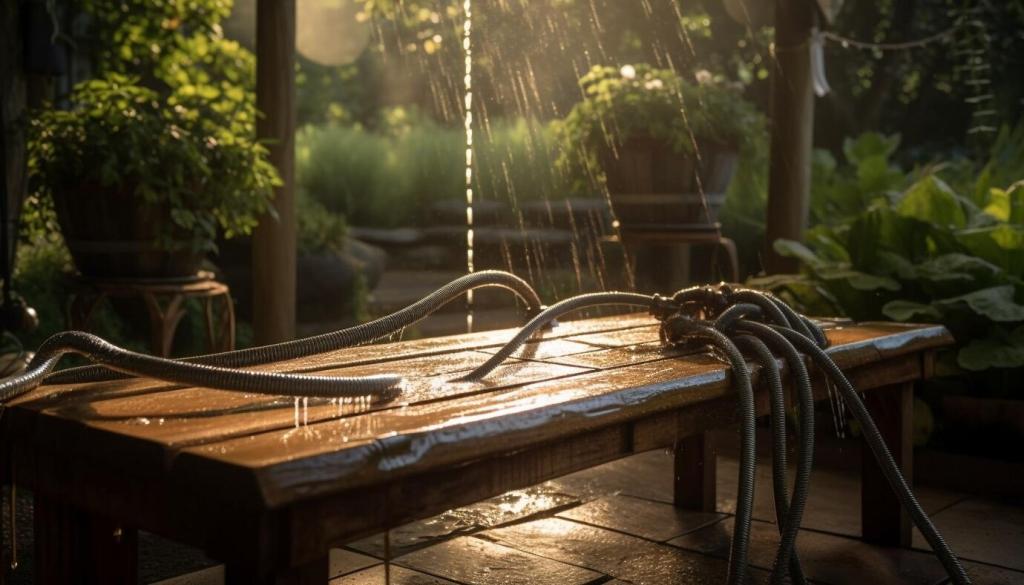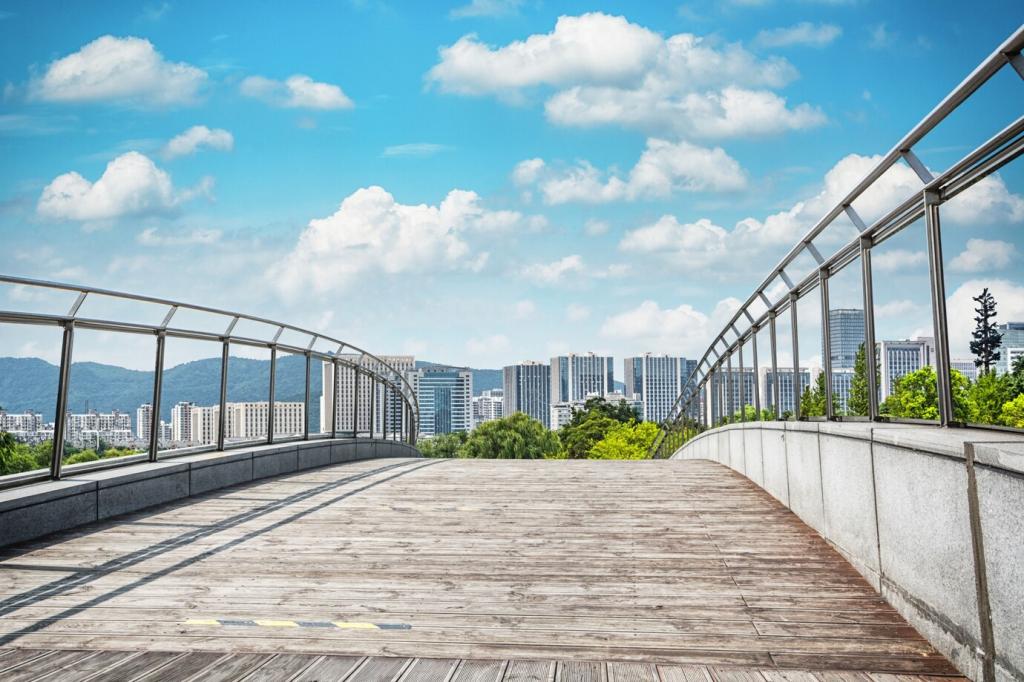Chosen theme: Vertical Garden Systems Comparison. Explore a friendly, practical guide that compares leading vertical garden formats, shares real-world stories, and invites you to join the conversation with tips, questions, and photos from your own green projects.
System Types at a Glance
Hydroponic towers stack growing sites vertically around a central column, circulating nutrient-rich water to roots. They excel at fast growth and efficient water use, especially for greens and herbs in compact spaces.

Space, Scale, and Aesthetics
On tight footprints, slender hydroponic towers and narrow modular tiles maximize vertical height without overwhelming the room. Consider sightlines near doors and windows, and keep harvestable plants within comfortable reach for daily cooking.
Irrigation and Water Management
Closed-loop hydroponic towers continually cycle water and nutrients, reducing waste and maintaining stable root environments. Require pump reliability, occasional nutrient adjustments, and thoughtful backup planning to protect plants during unexpected power interruptions.

Plant Performance and Yield
Hydroponic towers typically deliver rapid yields of lettuce, basil, and chives, thanks to oxygenated, balanced nutrient flow. Frequent harvests keep plants compact and productive, making weeknight salads and fresh toppings effortlessly accessible.
Plant Performance and Yield
Modular trays offer stable pockets for shallow-rooted strawberries and flowering plants, keeping fruit elevated and clean. With uniform lighting and airflow, blossoms persist longer, and maintenance remains simple through easy tray swaps.
Plant Performance and Yield
Felt pocket panels shine with hardy ornamentals like sedums, ferns, and trailing vines. Their breathable structure encourages healthy roots, while careful irrigation ensures lush coverage without oversaturation or damaging runoff on indoor surfaces.
Installation, Maintenance, and Real-Life Reliability
Hydroponic towers need stable bases, pump placement, and light positioning, whereas modular tiles require wall anchors and rails. Pocket panels need waterproof backing to protect walls, plus a drainage plan to avoid moisture issues.

Frames, Fabrics, and UV Exposure
Outdoor installations benefit from UV-stable plastics, powder-coated metals, and mold-resistant fabrics. Indoors, waterproof backings and rust-resistant hardware protect walls while keeping aesthetics crisp through seasons of humidity and growth.
Water Footprint and Runoff
Recirculating systems excel at water conservation, especially in dry regions. Drip systems with catch basins prevent waste and staining, while mindful nutrient dosing reduces the environmental load of any inevitable overflow events.
Smart Controls, Monitoring, and Community Insights
Timers, Sensors, and Alerts
Plug-in timers, moisture sensors, and overflow alarms keep irrigation predictable while reducing guesswork. If your week gets busy, a quick glance at readings reassures you that roots are watered and pumps are cycling correctly.
Data Helps Plants Thrive
Tracking pH, EC, and temperature reveals patterns—like afternoon heat spikes that stress certain greens. Small adjustments, informed by data, steadily improve yield, reduce plant losses, and make routine care feel calm and manageable.
Join the Conversation
Share a photo of your setup and tell us what you grow vertically—herbs, flowers, or strawberries. Ask questions, swap tips, and subscribe for upcoming side-by-side trials comparing irrigation tweaks, lighting layouts, and seasonal plant rotations.
